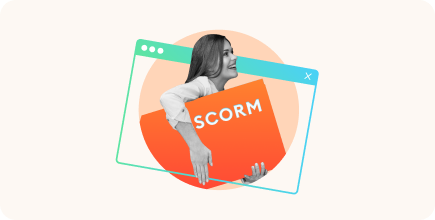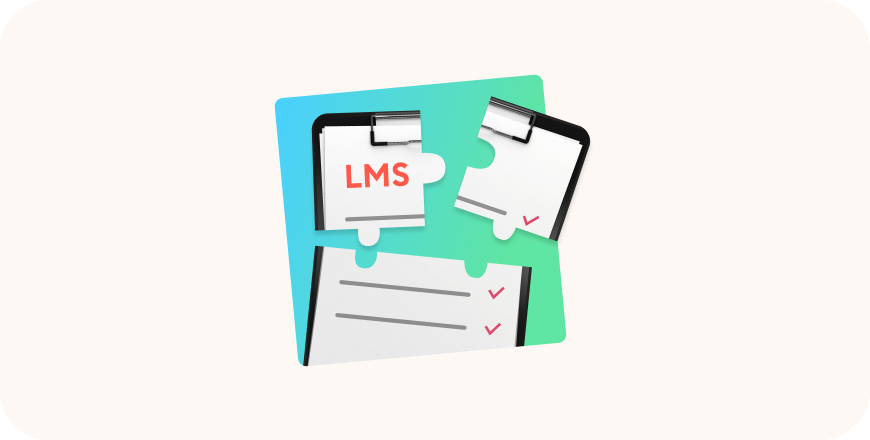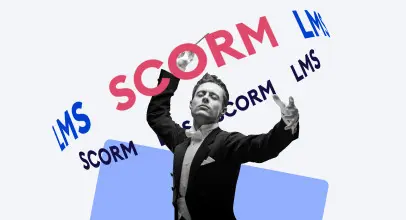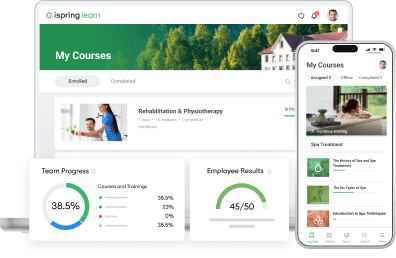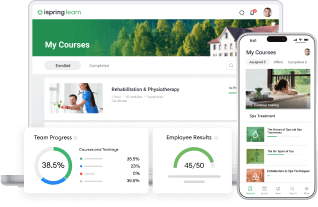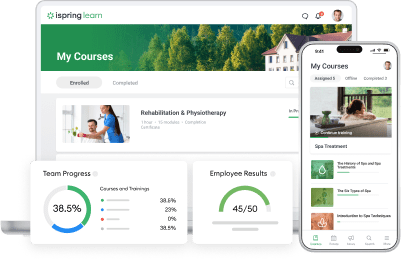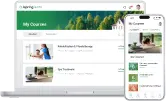What’s The Best SCORM-Compliant LMS in 2025?

Here you are, ready to deliver SCORM courses to your learners either for compliance training, onboarding, or other online courses. You’re likely to know you need a SCORM-compliant learning management system (LMS), but which platform is the best fit? And what does SCORM-compliant even mean?
In this blog post, we’ll guide you through some technical SCORM refinements and provide you with guidance on making a smart choice in SCORM-compliant LMS software. Let’s dive in.
SCORM Explained
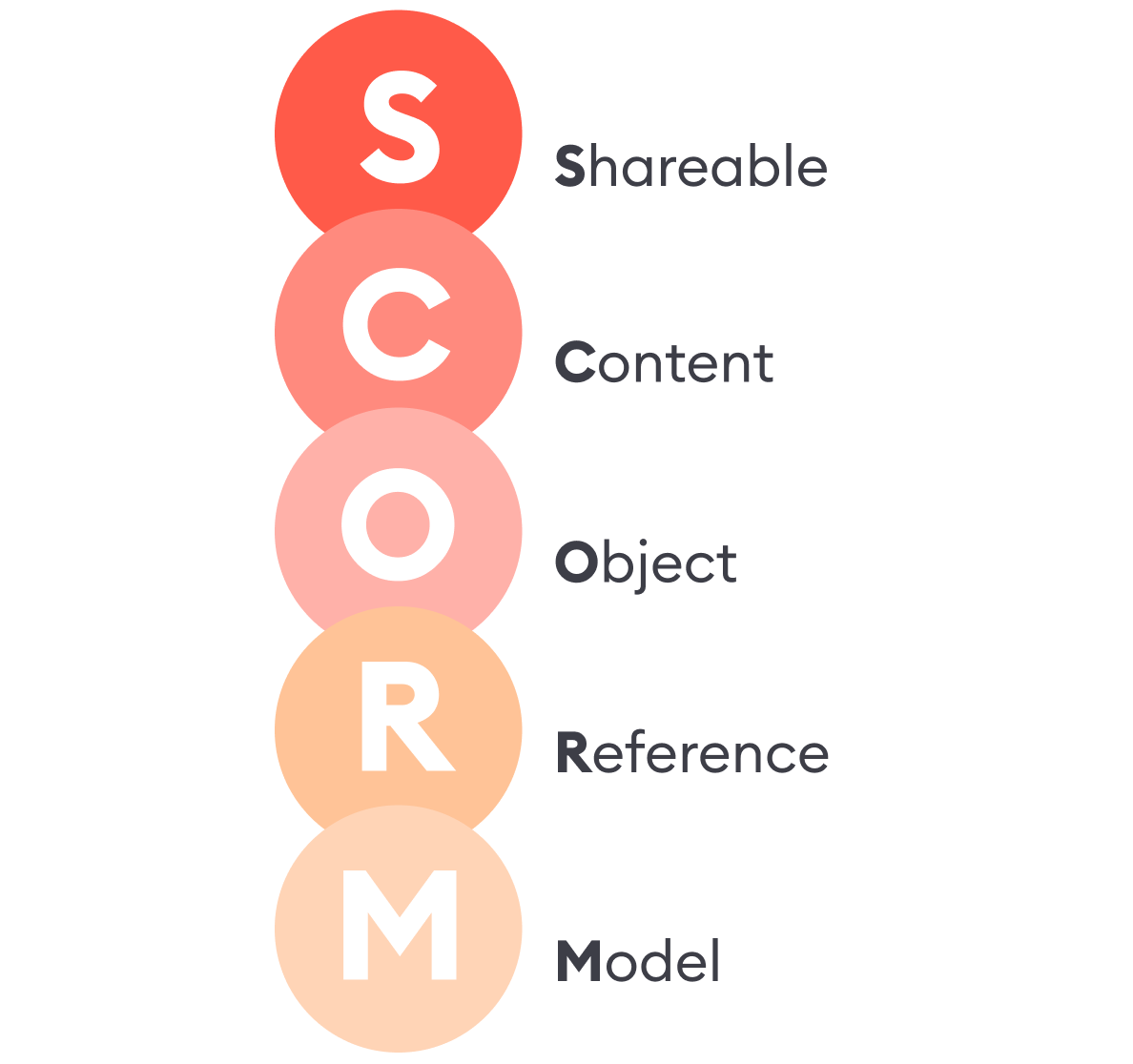
What is SCORM? Basically, it’s a global technical standard of online course creation. The model defines the structure of your training, how your course communicates with LMSs, and more — everything to ensure that your learning path will be fine. So, if you need a course that simply works (whichever LMS you use!), SCORM is your go-to.
And SCORM compliance means eLearning content was developed and packaged in accordance with the SCORM rules: it features interoperability, allows for progress tracking, provides a consistent experience, and more.
What Is a SCORM-Compliant LMS?

Three levels of SCORM compliance
A SCORM-compliant LMS is an online platform that adheres to SCORM standards. There are three levels:
- SCORM-compliant: supports SCORM compliance requirements.
Supports basic interaction between courses and the platform, including commands for communication initialization, progress saving, and completion. - SCORM-conformant: supports SCORM compliance requirements and more.
Supports a wider set of CMI elements, allowing a more detailed analysis of the data gathered. For example, assessments published in SCORM 1.2/2004 allow you to obtain detailed question-answer level results. - SCORM-certified: supports all requirements and is certified by a third-party expert.
Provides the maximum level of SCORM support. Its engineers use special testing tools that allow them to check almost every possible use case for an eLearning course.
The difference lies in the number of CMI elements supported, which are commands the SCORM-compliant learning management software can follow, and the types of data it collects.
Is it really necessary to choose a SCORM-compliant LMS in real life? We asked Alexander Salas, the AI Instructional Design expert, and that’s what they said: “Absolutely! The difference can mean hours of troubleshooting on the phone and back and forth emails. Why? Because SCORM is a standard, so better use an LMS that is compliant.”
The 5 Best SCORM-Compliant LMSs
With so many online learning platforms available in the eLearning industry, it might be difficult to find the right fit. To help you choose the best SCORM LMS software, we’ve prepared a short list of SCORM-compliant learning management systems.
iSpring Learn
A reliable SCORM LMS for onboarding, upskilling, and certifying your teams.
Skilljar
A robust LMS that helps businesses train everyone they deal with.
Litmos
A handy LMS for companies that prioritize employee training and development.
SCORM support: SCORM 1.2; SCORM 2004
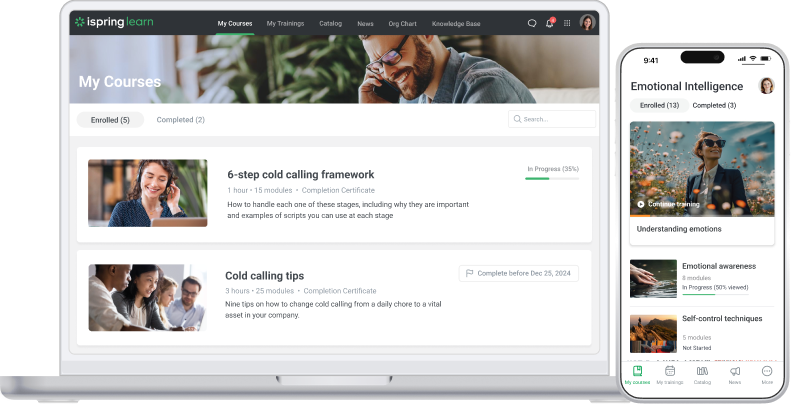
iSpring Learn is a training solution for companies of any size, from small and medium-sized businesses to an extended enterprise.
It’s an intuitive LMS that supports various kinds of SCORM-compliant content, personalized learning paths, automated training distribution, strong analytics, gamification, social learning, localization features, and more.
The solution is perfectly suited for various types of learning programs, including blended learning, as it also lets you host virtual classes and track the attendance of classroom training.
Besides having its own built-in eLearning course creation tool, this SCORM LMS integrates with iSpring Suite, a powerful authoring tool that allows you to design your own SCORM-compliant courses with advanced quizzes, interactions, role-play simulations, and video tutorials.
With a built-in newsfeed, you can keep all employees up to date on company news and product releases. And with the 360-degree performance appraisal module, you can always have a clear picture of your employees’ competencies.
Take a look at this demo course created with iSpring Suite:
Outstanding features:
- A built-in tool with iSpring AI for creating SCORM-compliant courses and quizzes
- An integrated authoring tool for creating SCORM-compliant content
- Supervisor dashboard
- Social learning features (a newsfeed, learner cards, interactive organization chart, gamification, leaderboards, etc.)
- Employee development plans
- 360-degree feedback assessment
- Observation checklists for on-the-job training
- Integration with Zoom, MS Teams, Salesforce, Bitrix24, BambooHR, PeopleWeek, Shopify, Udemy, LinkedIn
- Learning, and other popular services
- A library of ready-made courses
- A native mobile app
Pricing: Pricing plans vary based on the total number of users, starting at $6.64 per user/month for a total of 100 active users.
Get a free trial of iSpring Learn →
SCORM support: SCORM 1.2; SCORM 2004
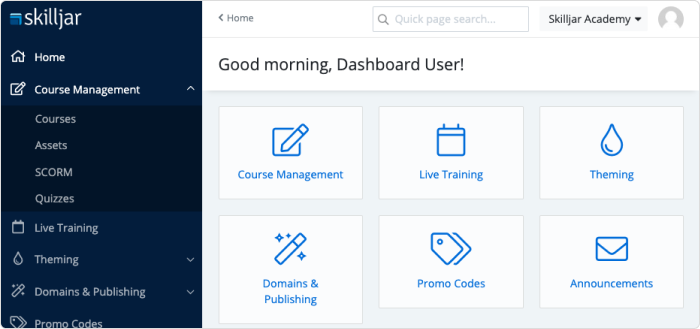
Skilljar is an LMS that helps businesses train everyone they deal with, including their customers and partners.
This solution provides you with all the eLearning tools you need to onboard, engage, and retain customers and partners at scale. It supports different types of learning content, SCORM, and AICC packages as well.
Outstanding features:
- Automatic progress tracking and insightful analytics
- A built-in tool for creating SCORM-compliant quizzes
- Instructor-led training because of integration with Zoom and Webex
- Certificates and certifications
- Integration with Salesforce for selling SCORM-compliant online courses
- Fully mobile responsive and brandable
Pricing: Available upon request.
SCORM support: SCORM 1.2; SCORM 2004
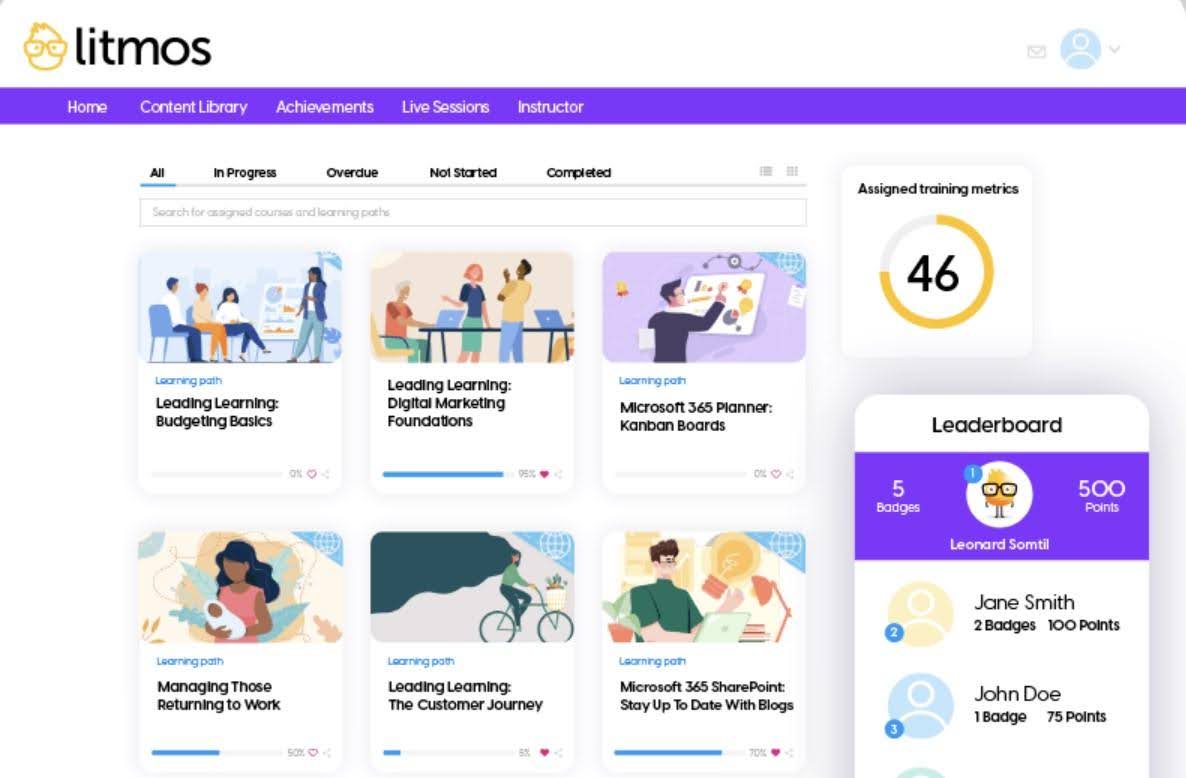
Litmos is a handy SCORM-compliant LMS for companies that prioritize employee training and development.
It has all the essential features and allows you to create learning modules from internal training materials and your own courses right on the platform. Litmos also offers a large library of off-the-shelf SCORM-compliant courses for compliance training, leadership training, soft skills development, and more.
Outstanding features:
- A built-in drag-and-drop content building tool
- Engagement tools (gamification, certificates, leaderboards, interactive hotspots, social sharing, and discussion forums)
- A Generative AI learning assistant
- A tool for creating AI video assessments
- A library of over 80,000 SCORM-compliant off-the-shelf training courses
- Instructor-led training (ILT/vILT)
- Integration with HRIS, CRM, Experience Cloud, Shopify, MS Teams, and more
- Open APIs
Pricing: Available upon request.
SCORM support: SCORM 1.2; SCORM 2004
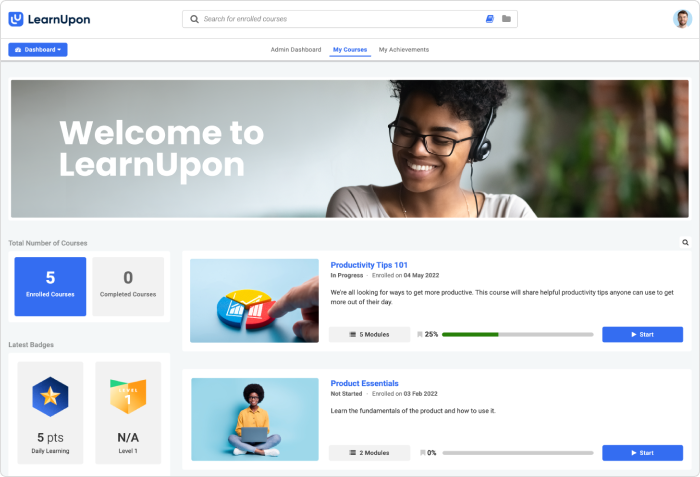
LearnUpon is another SCORM-compliant LMS software that boasts rich functionality in a single system.
In addition to the common features, like delivering eLearning courses and tracking learners’ results, you can also create online storefronts to sell your eLearning content. The solution supports a wide range of training content and offers a great user experience thanks to gamification and a focus on engagement.
Outstanding features:
- AI-powered tools for creating SCORM-compliant courses and assessments
- A robust reporting and analytics dashboard
- Custom learning portals for separate audiences (multitenancy)
- Course credits and certificates
- A learner-facing mobile app
- An interactive smart coach that can be used as a personal guide
- Integration with a wide range of services
Pricing: Available upon request.
SCORM support: SCORM 1.2; SCORM 2004
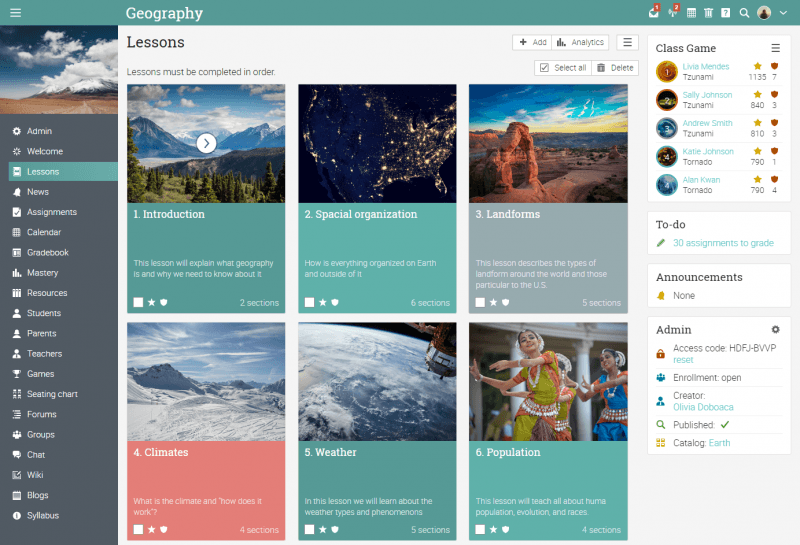
CYPHER Learning is an AI-powered platform that revolutionizes how SCORM-compliant educational content is created, delivered, and managed.
The solution combines a SCORM-compatible LMS, a Learning Experience Platform (LXP), and SCORM course building tools into a single platform. The platform supports a variety of content formats and offers extensive customization options, including white labeling.
Outstanding features:
- A built-in SCORM course building tool and integration with LTI-based educational tools
- An AI-powered tool for building assessments
- A skills assessment and development tool
- A content recommendation engine
- Real-time analytics and reports
- Customization and branding
- Certificates and certifications
Pricing: Available upon request.
SCORM-Compliant Solutions for Creators and Authoring Tools
You might initially look for a SCORM-compliant LMS because you may need a system that can deliver and manage SCORM content. But as your eLearning campaign grows, you’re going to need eLearning authoring tools to create SCORM-compliant content.
Why? As our expert Alexander Salas says, “Just remember the old cliché “Get shoes from a shoemaker” meaning authoring tools are specifically made for advanced interactions. You cannot do that with an LMS.”
Long story short: we recommend iSpring Suite as the best tool that enables you to create your eLearning courses once and then use them with any LMS you prefer.
-1748311199.png)
Want to know which are the other most popular SCORM authoring tools? Read The Best SCORM Authoring Tools.
How to Choose a SCORM-Compliant LMS
Let’s return to what is crucial when choosing a perfect LMS that fits your goals and fully supports SCORM standards. Here are some important questions you should ask.
1. Does the LMS support the right SCORM version for your courses?
Even if an LMS claims to support all versions of SCORM, some may perform better with a specific one. For instance, if your courses are built on SCORM 2004 (3rd edition), you’ll want a SCORM LMS that handles this version most efficiently.
2. Will this SCORM LMS track training progress in a way that works for you?
SCORM-compliant eLearning software tracks user progress through different data elements. Understanding whether the LMS supports key tracking elements (like completion status and test scores) is crucial. Make sure the LMS can capture the learner data that matters most to you.
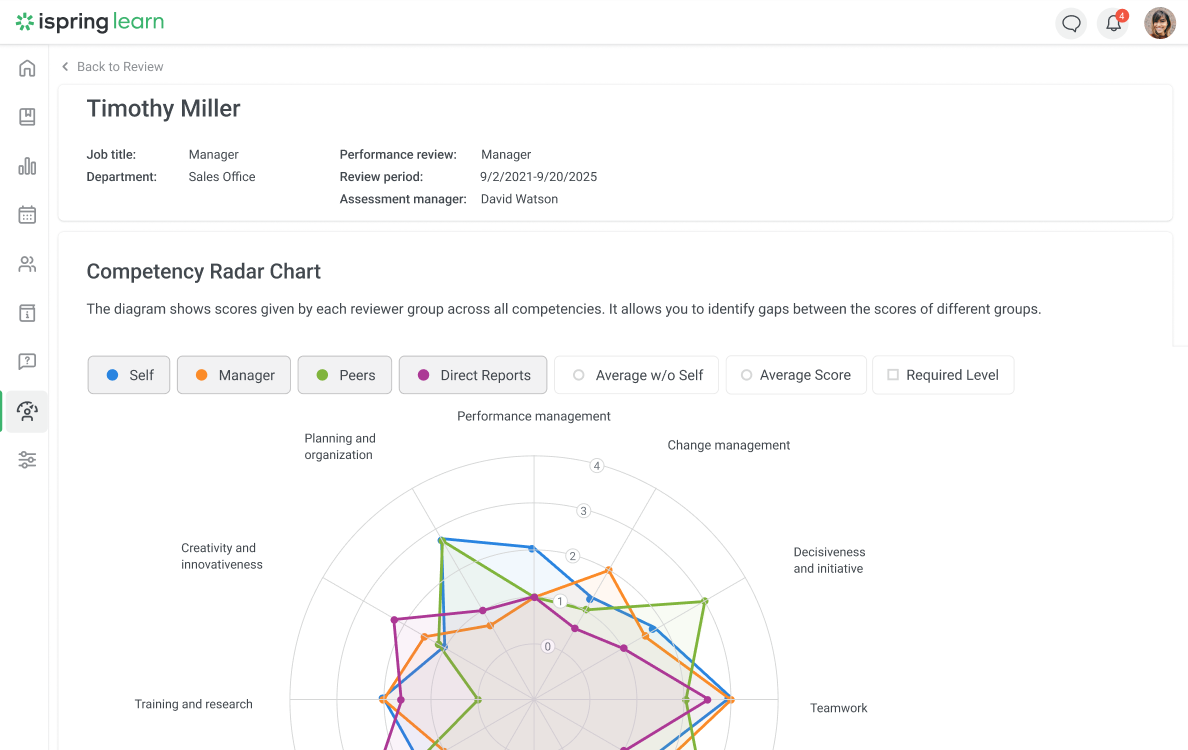
3. How easy is it to upload and manage SCORM-compliant content on this LMS?
You want a platform that doesn’t make uploading SCORM-compliant course content a chore. Check if it allows easy uploading of SCORM packages directly from your course creation tool so you can manage content quickly and effortlessly.
4. Does this SCORM LMS come with a robust course player?
If the LMS doesn’t use the well-known Rustici Engine, ensure that it has a built-in player for SCORM-compliant files. Features like a navigation panel and a simple “close” button will improve the learning experience for learners.
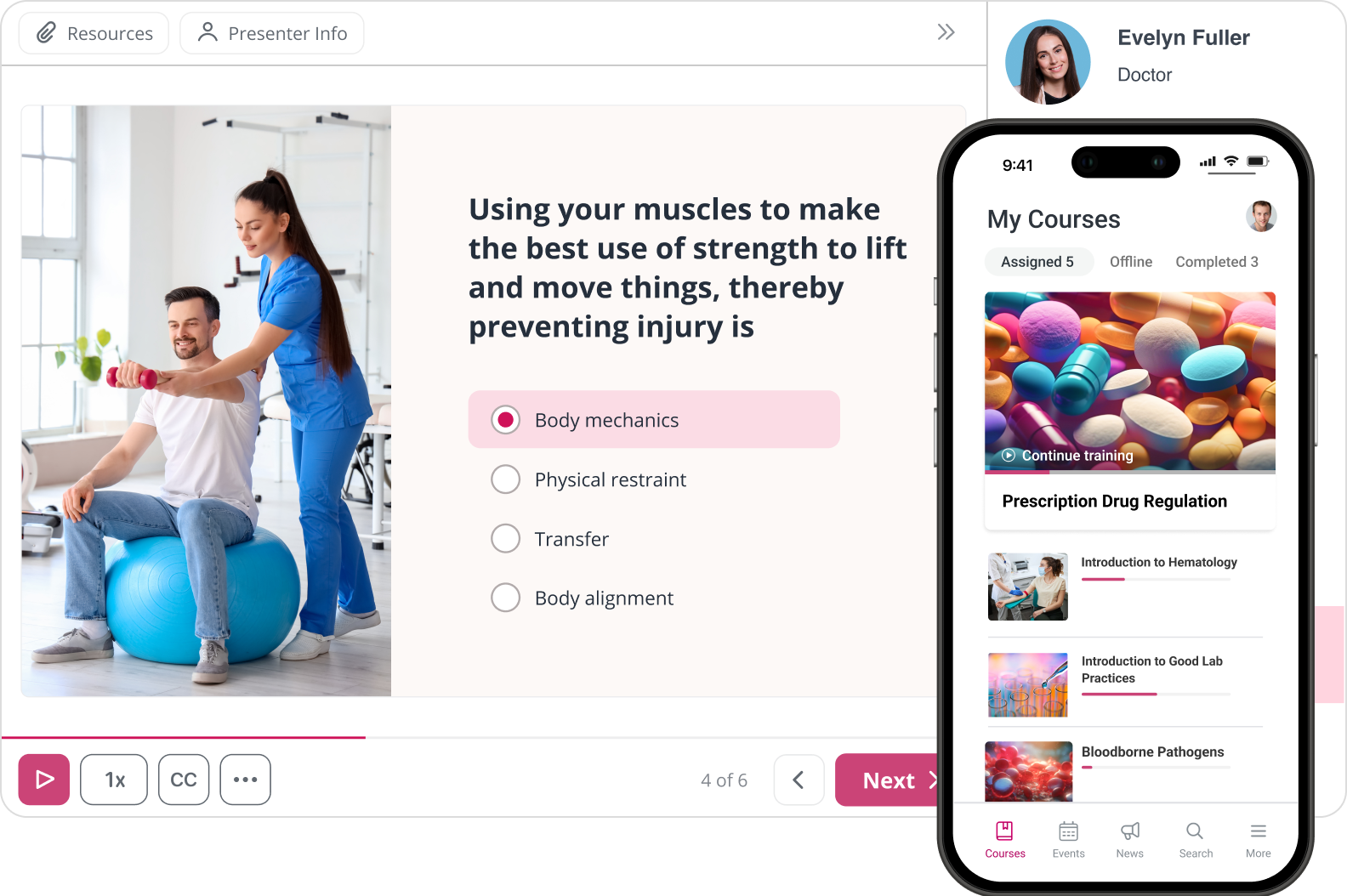
5. Will the LMS record learner data accurately, even during fast navigation?
Learners often move quickly through courses, and if the learning management system can’t keep up, important progress might not get recorded. Look for a SCORM LMS that uses a fast, stable SCORM player (ideally JavaScript-based) to ensure all data is captured.
6. Will you need to install extra plugins to get the LMS working?
A hassle-free SCORM LMS should work with modern technologies like HTML5 and JavaScript. If the platform requires additional setups like Silverlight, or VPNs, it might create unnecessary headaches.
FAQ on SCORM
Here are some questions a learning manager or content creator may have and answers to them.
Are all learning management systems SCORM-compliant?
Pretty much. Some LMS platforms only allow for exporting data in SCORM files, but not importing SCORM packages into the system. However, in most cases, if you have SCORM-compliant content, it will work in your LMS.
What are the most common versions of SCORM?
SCORM 1.2 and SCORM 2004, 3rd and 4th Edition, are the most widely used versions of SCORM today.
What are the alternatives to SCORM?
SCORM is the predecessor of newer eLearning standards: xAPI (Experience API, or Tin Can) and сmi5.
But do you need these newer standards? You do and you don’t. Use SCORM for simple education stats i.e. quiz results. xAPI requires a Learning Record Store (LRS) and cmi5 is an intermediate approach to capture some xAPI statements in your LMS.
How do I edit SCORM packages?
If you have a source (project) file of a SCORM course, you can open it with a SCORM-compliant authoring tool and make changes to the eLearning content at any time.
Is it possible to host SCORM packages without a SCORM-compliant LMS?
Yes, you can use a web server or a cloud-based hosting service to upload and serve the SCORM files. However, without a SCORM-compliant LMS, you will not have access to features such as user tracking, reporting, and course management.
The Bottom Line: SCORM and iSpring Learn
To make an informed choice regarding a SCORM-compliant LMS, you’ll have to dive deep into the technical nuts and bolts. If you don’t want to get lost, keep in mind three major questions:
- Which versions of SCORM do you use (or plan to use) for your current eLearning content?
- Does your authoring tool really create SCORM-compliant courses?
- What level of SCORM support do you expect from a SCORM-compliant platform?
iSpring Learn is a SCORM-compliant LMS. One of its key benefits in terms of SCORM compatibility is a fully integrated authoring tool. It allows you to create SCORM-compliant content with ease, upload it directly to an LMS in a few clicks, and get extended statistics reports. Feel free to find out how it works by getting a free trial!
